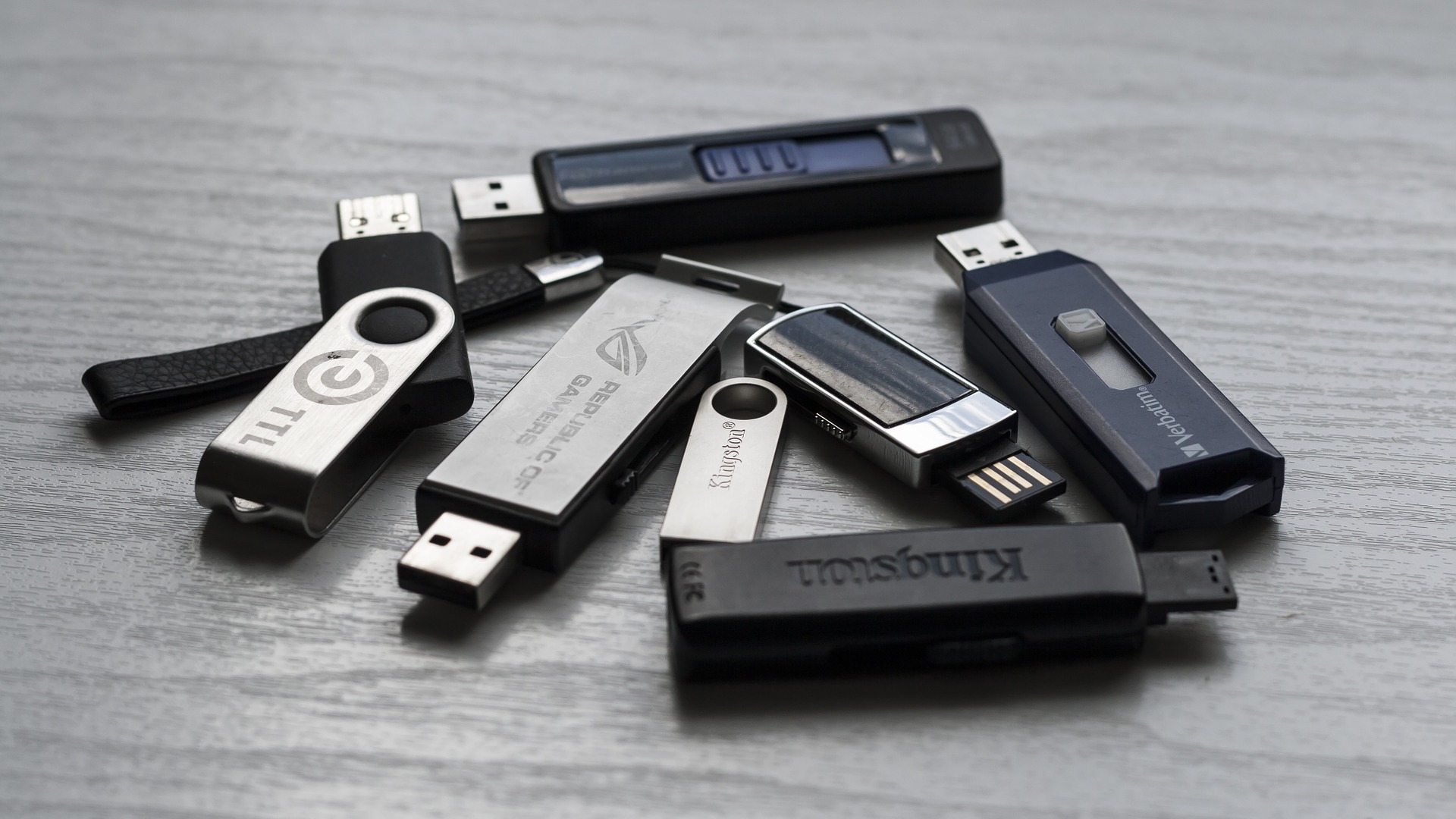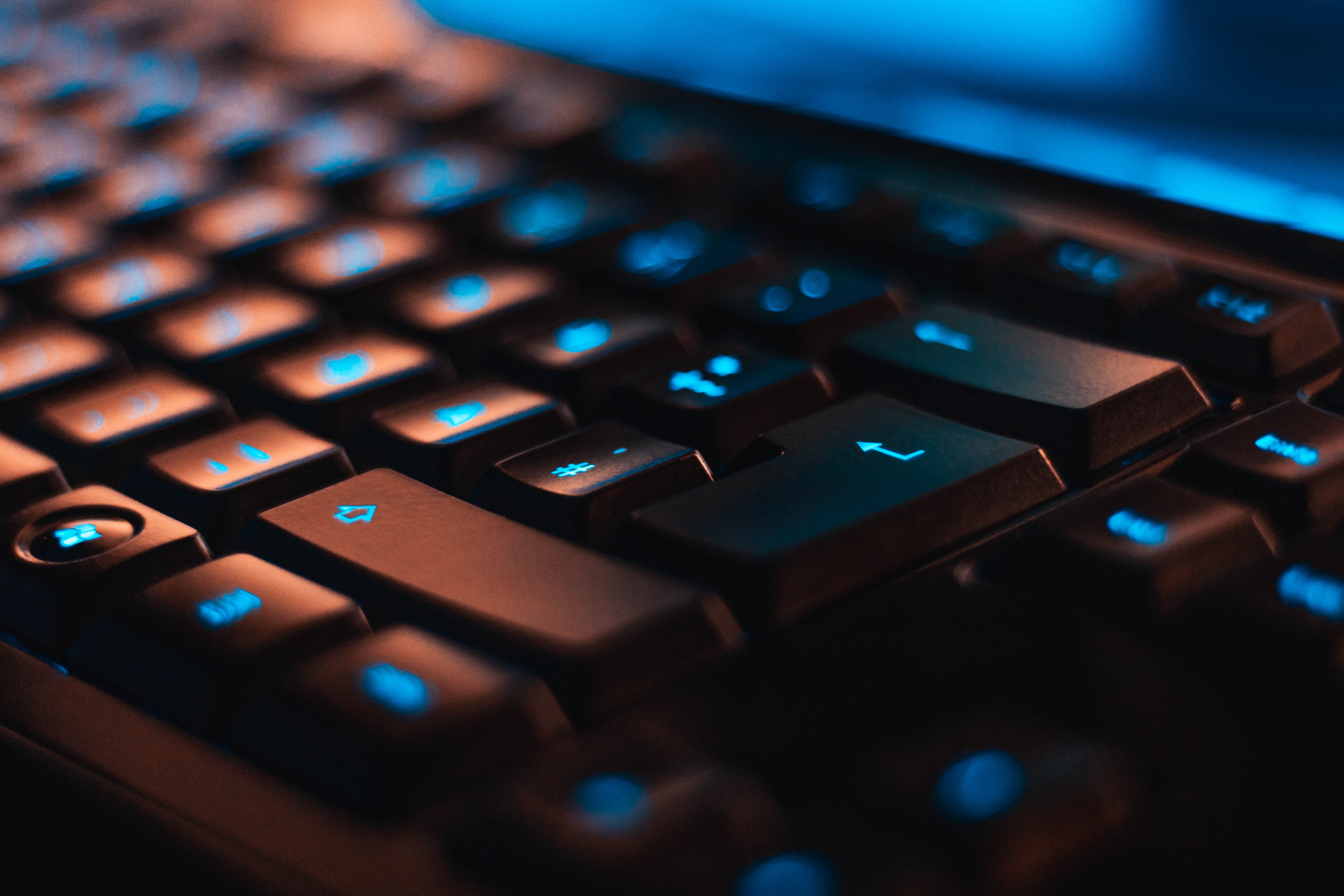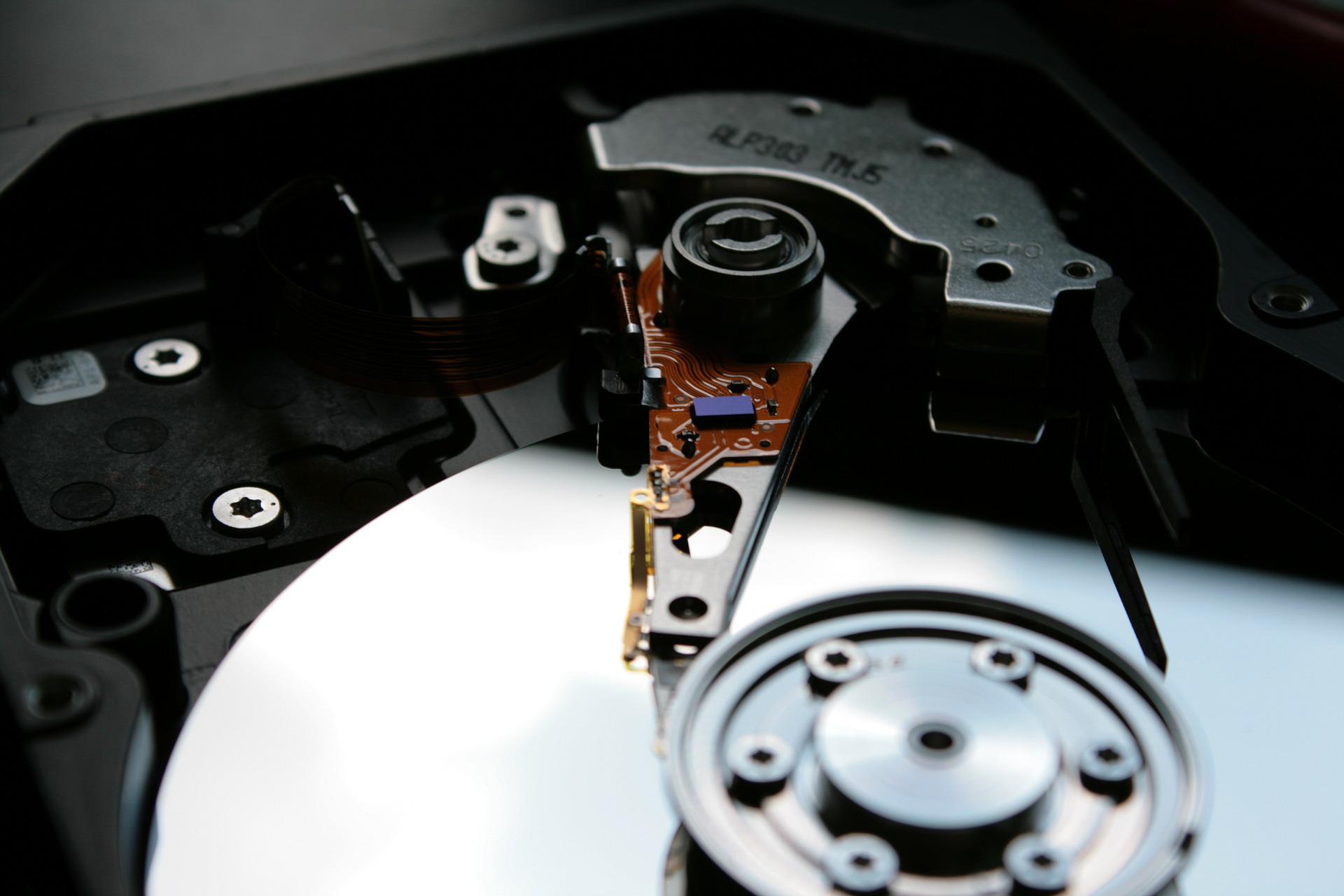Understanding USB Flash Drive Security Risks and Forensics
In the rapidly evolving landscape of corporate IT infrastructure, the use of USB devices in the workplace has become commonplace. While these devices offer flexibility and portability, they also bring a myriad of security concerns for organizations. The challenge lies in ensuring that these devices are used appropriately and responsibly.
What Is a USB Flash Drive?
A USB drive, also referred to as a flash drive or thumb drive is a portable device used for storing and transferring data between computers and other digital devices. It uses solid state technology to quickly retrieve and store data without any moving parts ensuring durability and reliability. The USB drive has a Universal Serial Bus (USB) interface that makes it easy to connect with computers requiring setup. Its plug and play functionality, combined with its size makes it an indispensable tool for professionals who need to securely carry or backup digital files while on the move.
What Are the Security Risks of USB Flash Drives?
How can a company ascertain whether an employee is using a USB device for legitimate purposes or with malicious intent? Even beyond deliberate malicious activities, the accidental loss of a USB containing sensitive information can lead to data breaches.
From a forensic perspective, professionals might discover that removable devices have been utilized for various unlawful activities including:
- Theft of data
- Installation of prohibited applications
- Storage of unlawful data
- Storage of encrypted data
- Distribution of viruses
- Identity theft
- Running applications covertly
Consequently, a thorough understanding of how USB devices interact with a host operating system and the trail of information they leave behind is pivotal for any examiner.
USB Device Descriptors: What They Tell Us
Forensic examiners often turn to the 'Device Descriptor' of a USB. When connected, this descriptor provides the host operating system with foundational data about the device, such as Vendor ID, Product ID, Serial Number, and so forth. This data is instrumental in tracing the device to a specific computer.
This gives rise to pertinent questions regarding the usage of removable devices, such as:
- Was a particular USB device connected to a specific computer?
- Can the time of its connection be determined?
- Were any files transferred to the device?
- Were any files transferred from the device?
- Which user accessed the device?
Deep Dive: Analyzing the Trail
The setupapi.dev.log file offers a comprehensive log of device installations and uninstallations. A detailed examination of this file can indicate the timeline of device installations and subsequent uninstallations. However, a clear distinction must be made: uninstallation and simple removal or ejection are not the same. The former leads to the deletion of certain registry entries, while the latter does not. Registry entries will validate the last written time/date.
In scenarios where the physical USB device is not available for inspection, it becomes imperative to scrutinize other indicators like Shortcuts (.LNK files) in desktop, recent, and start menu folders. Timestamps in the registry can offer insights into the last access time for a particular file or when a USB was connected.
Steps to Recover USB Forensic Artifacts from a Windows System
For practitioners aiming to extract USB forensic artifacts from a Windows system, a systematic approach is recommended:
- Secure the System: Before performing any forensic analysis, it is important to ensure the system's integrity by taking the following precautions:
- Disconnect the system from any network to prevent remote access.
- Create a forensic image of the entire disk or the relevant partitions to preserve the original evidence.
- Work on a forensic copy of the data to avoid altering the original evidence.
- Identify USB Artifacts: USB artifacts can exist in various locations on a Windows system. Some common areas to look for USB-related evidence include:
- Windows Event Logs: Look for USB-related events such as USB device insertion, removal, or any related errors. Event logs can be found in the Event Viewer (eventvwr.msc).
- Windows Registry: Examine specific registry keys that store information about USB devices. Relevant keys can be found in "HKEY_LOCAL_MACHINE\SYSTEM\CurrentControlSet\Enum\USB" and "HKEY_LOCAL_MACHINE\SYSTEM\CurrentControlSet\Control\ DeviceClasses{GUID}".
- File System Artifacts: USB artifacts can be present in various file system locations, such as the Registry hives (ntuser.dat), user-specific logs (NTUSER.DAT.LOG1, NTUSER.DAT.LOG2), and the user's temporary files directory.
- Utilize Forensic Tools: Several forensic tools can assist in analyzing USB artifacts on a Windows system. Some popular ones include:
- Autopsy: An open-source digital forensic platform that provides a graphical interface for analyzing evidence. It supports USB artifact analysis.
- RegRipper: A tool for extracting information from Windows registry hives. It can be used to parse USB-related registry keys.
- USBDeview: A small utility from NirSoft that lists all USB devices connected to a system. It provides details such as device name, serial number, manufacturer, and more.
- EnCase Forensic
- AccessData FTK
- Analyze and Document: Once you have gathered the relevant USB forensics artifacts, analyze them thoroughly to understand their significance. Document your findings, including timestamps, relevant metadata, and any other pertinent information. This documentation will be essential for reporting and further investigations.
How to Keep Your Systems Safe from Infected USB Drives
Let us acknowledge a simple truth: USB devices are everywhere, and they are super handy. They are like the Swiss Army knives of the digital world, enabling us to swiftly move and access data wherever we go. But just like you would not want to lose your Swiss Army knife or, worse, have it used against you, there is a catch to these tiny tech marvels. Great convenience brings along responsibility.
While these devices are quite nifty, they also have their drawbacks. The very features that make them popular – compact size, portability, and user friendliness – can also present some issues when they fit in our pockets. Imagine misplacing a USB stick filled with confidential project details at a cafe, or unknowingly introducing a virus to the company network. Yikes!
So, what is the game plan? Organizations need to strike a balance. It is about embracing the convenience of USBs while also ensuring everyone knows the dos and don’ts. Regular training sessions, friendly reminders, and maybe even some workplace tales of USB misadventures (we all have them) can help drive the message home.
In this paced era of technology, we can expect USB devices to undergo significant advancements, accompanied by the inevitable challenges they bring. It is somewhat comparable to staying updated with the fashion trends except with more significant implications. For businesses and tech professionals it is vital to remain vigilant and adaptable, always prepared to synchronize with the upcoming technological innovations. At the end of the day, safeguarding our data is not just geeky protocol — it is about taking care of our digital family. And that is a responsibility we can all plug into.
Contact Us
Share this
You May Also Like
These Related Stories

The Cyber Rabbit Hole: Almost Always Maybe

Incident Response for Real

.webp?width=2169&height=526&name=Compass%20white%20blue%20transparent%202%20website%20(1).webp)
-1.webp?width=2169&height=620&name=Compass%20regular%20transparent%20website%20smaller%20(1)-1.webp)
.webp?width=600&height=277&name=03-reinforce-your-cybersecurity-with-compass-IT-compliance%20(1).webp)
.webp?width=610&height=362&name=November%202023%20CTA%20(7).webp)
Comments (3)